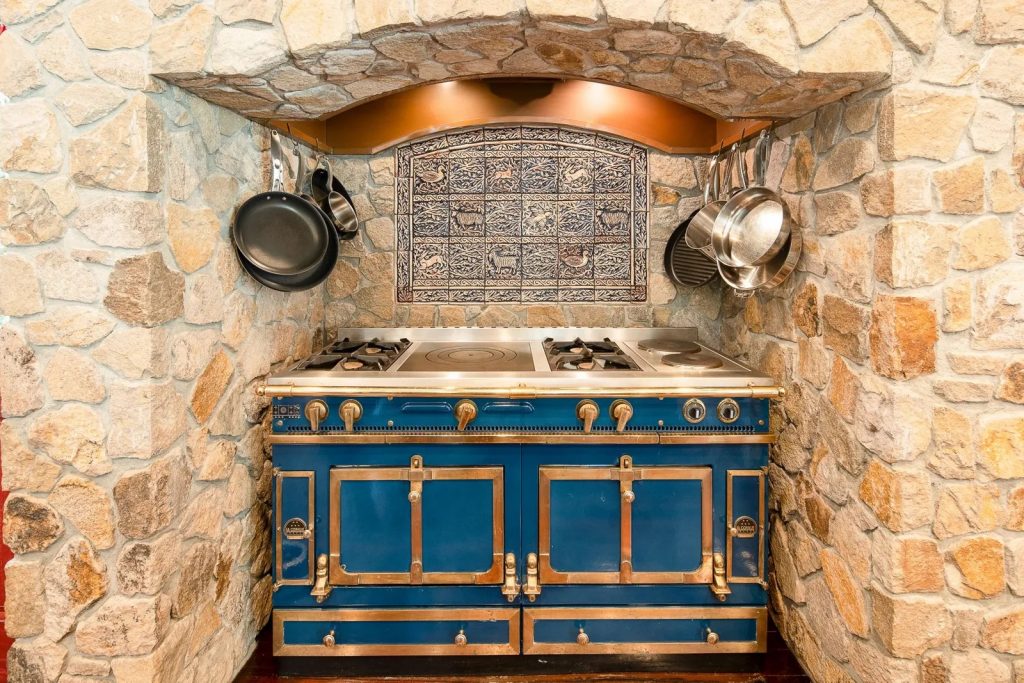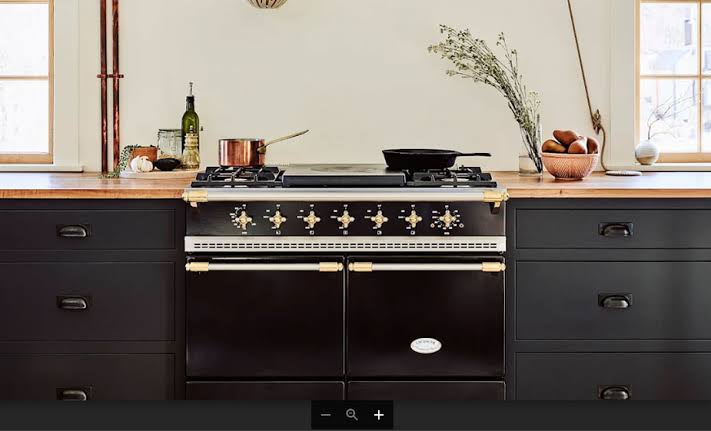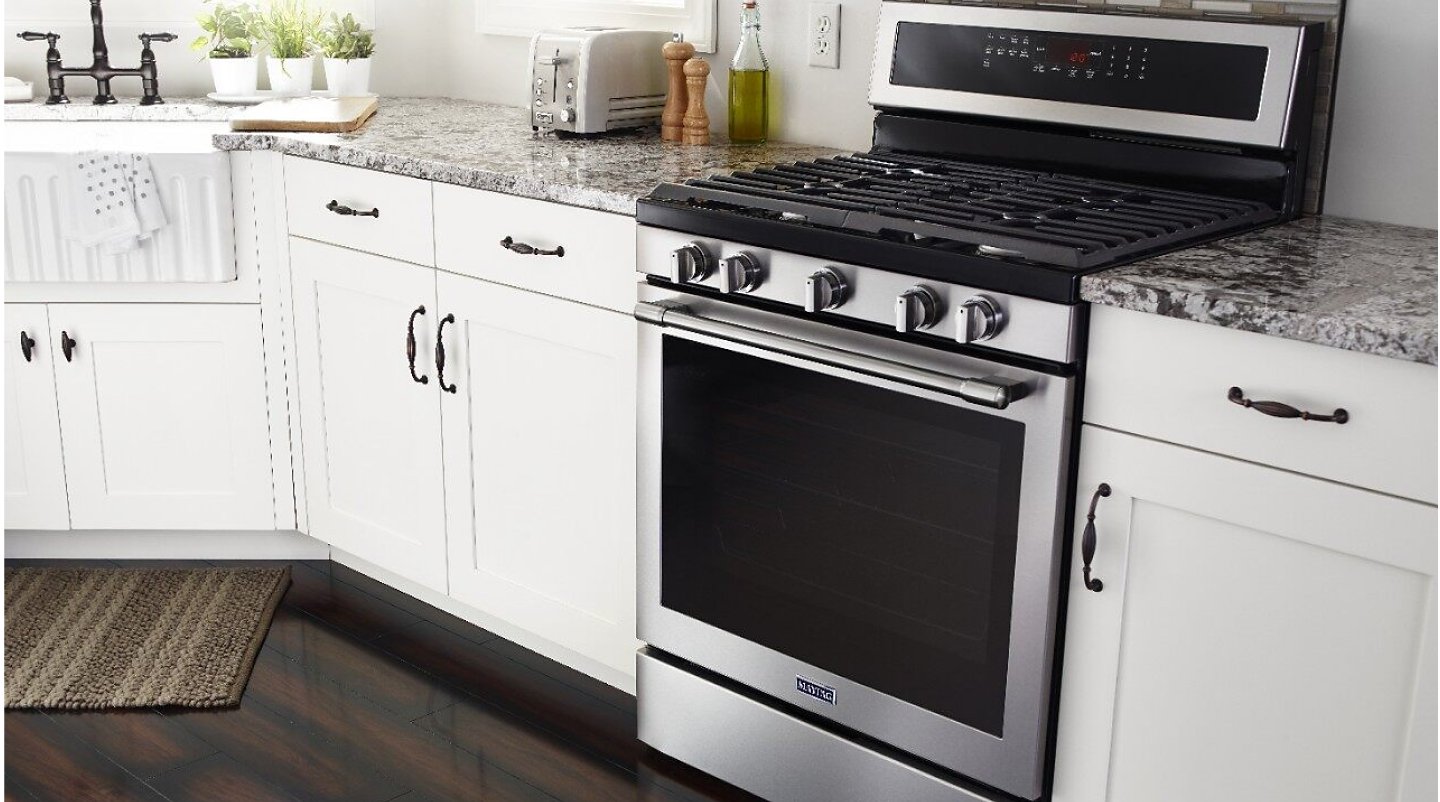How to Maintain and Clean a French Stove?
French stoves are high-end kitchen appliances that give our kitchens an authentic and classic look and feel. They consist of inbuilt inductions, ovens, and OTG, mostly with PU shutters. A French kitchen follows the same theme throughout the countertop.
Since the design mostly consists of covered shelves and tandems, the overall look of the kitchen cabinets is bulky. It consists of heavy inbuilt machinery as well. Therefore, it is important to properly clean and maintain the mechanism in timely intervals to maintain cooking and visual hygiene.
Let us explore how we can take care of our French stoves on a daily, monthly, and yearly basis.
French Stove Care and Maintenance
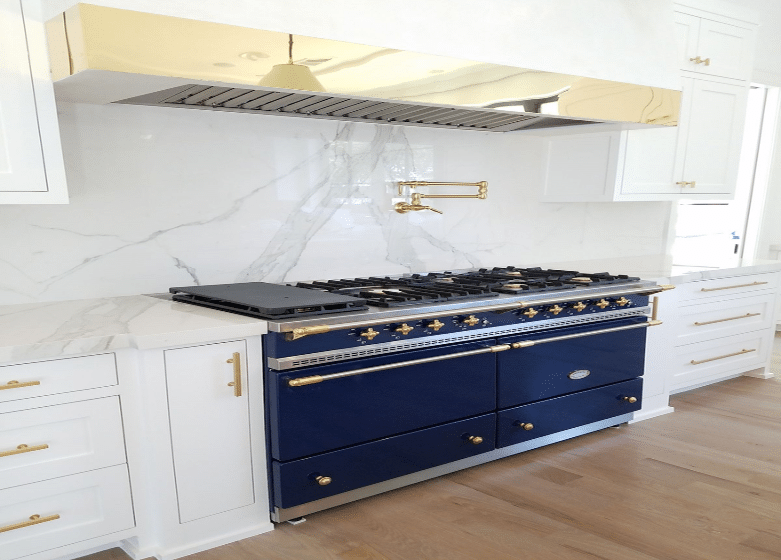
One would have to understand the important parts of a French stove and its usage so that one can take them apart and cleanse them accordingly. A French stove consists of burners, an induction for cooking, some countertop space, a grill, and front panels or shutters to cover the gas cylinders below. All these parts are used for different purposes and thus wear differently. The market has a lot of different products to help with maintaining them.
There are microfibres to prevent bacterial growth, wipes to remove excessive dampness, soaps to clean the dishes, non-abrasive sponges to maintain a dry and desirable countertop, solutions to prevent lasting odor, sprays to keep the pests away and paper towels to quickly manage any spills.
Let’s examine what clothes and tools to use to cleanse each of them sufficiently.
Tools and Ways to Clean French Stoves
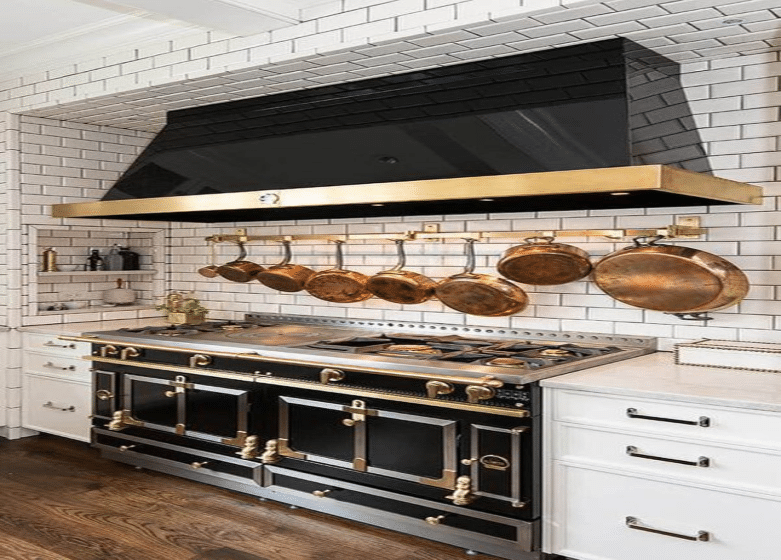
The most crucial part of any gas stove is the burner. It is the most frequently used part and also the one subjected to the most grease and stains. To keep this space clean, we need to displace the burner grate, remove it from its position, and apply a soapy water solution using a microfibre cloth. This prevents both grease and material growth.
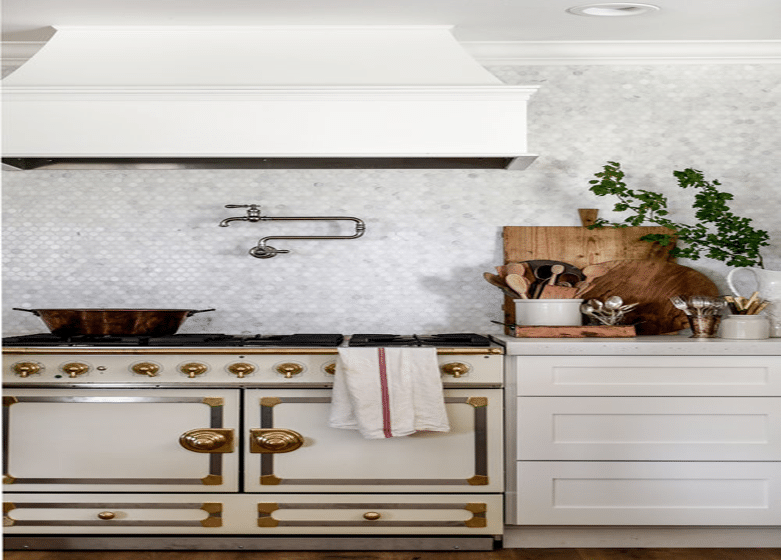
The burner grate is held in place by the burner drip pan beneath it. This part needs to be cleaned with a damp microfibre cloth and then dried with a paper towel so that excess water doesn’t seep into the internal mechanisms. To add shine, we can coat it with Windex. The same solution helps maintain the look of the kitchen ventilators and windows as well.

Towards the top, the burner grate is held by the burner cap. We need to loosen and remove these completely at least once a week. Since maximum grease accumulates here, the cap needs to be soaked in clean water for about 15 to 20 minutes. We must let it dry out completely to prevent dampness around the cooking fire. To make it look fresh and new, we can polish it with metal polishers like MAAS.
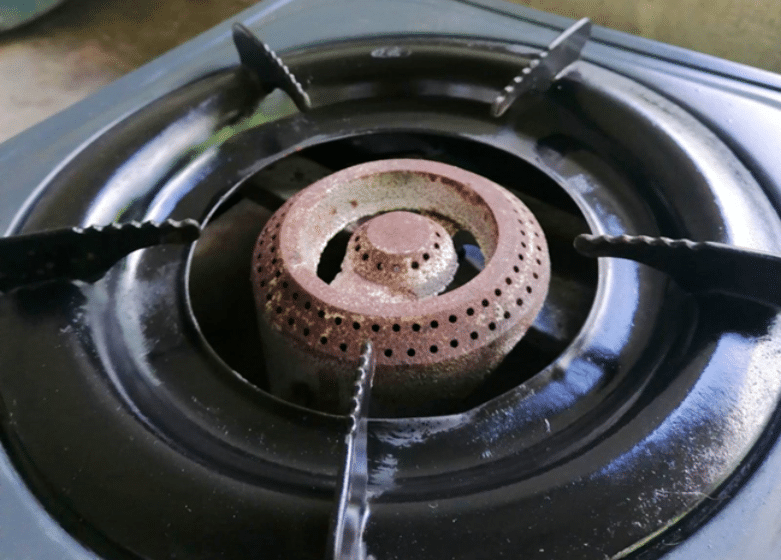
The next important thing is the stainless steel cooktop. Since this space is used freely for cutting and chopping, it develops cracks over time. To reduce the roughness, we can rub parallel to the grain with scotch brite scrub and polish with a metal polish or steel wipe.
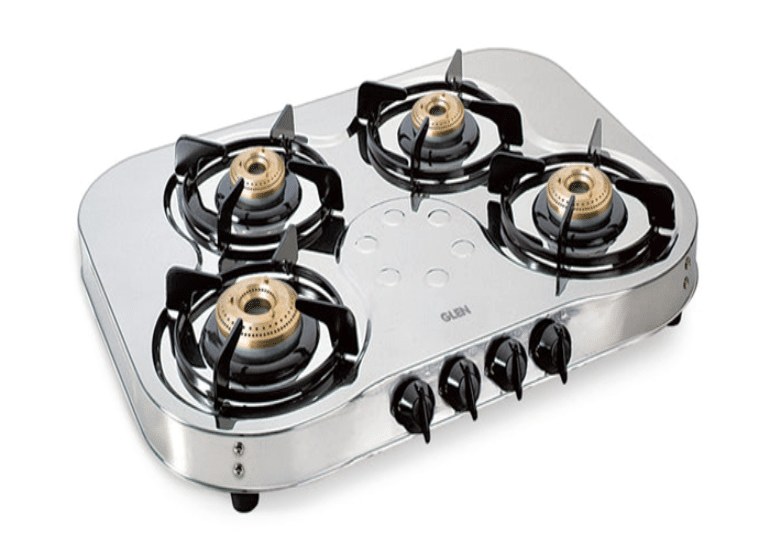
We need to pay special attention to the way we use our induction plates. To let it cook optimally, we need to switch on the French stove about 5 to 7 minutes before cooking and let it preheat. Cleansing requires glass cooktop washes like Wieman. Post-cooking, we can clean any spillage using a sponge.
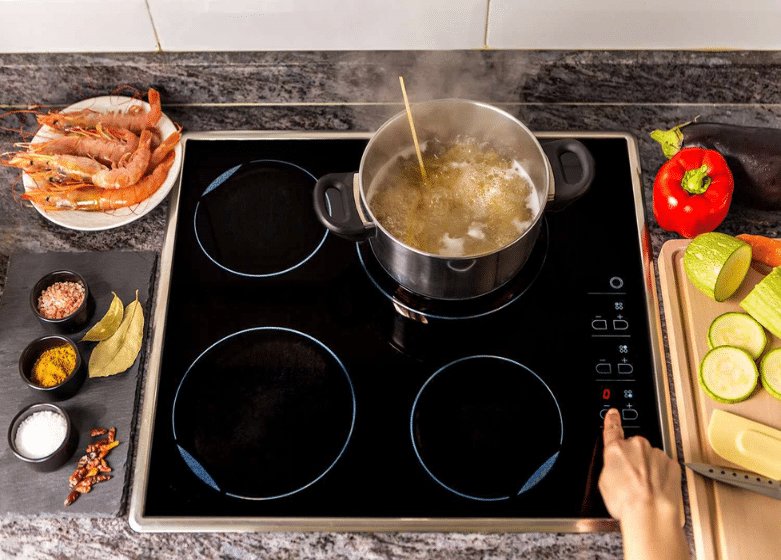
With inbuilt ovens, rust and Greece is a major concern. Since they are not as easily accessible, just wiping with napkins won’t cut it. Therefore, use a power dissolver spray to reach the full depth, let it sit for a good 10 minutes, and then wipe it off with a damp cloth.
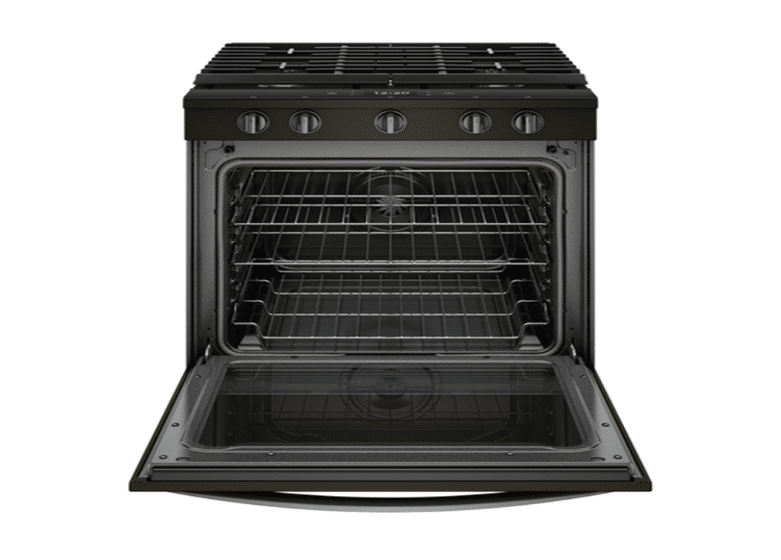
To clean the grills, we need to switch on the ventilators beforehand and set the burner to high. Once the grill is warm and ready, we can run a wire brush through the grates to get rid of stuck meat pieces, food particles, and tough grease.

Finally, we need to clean the shutters, which are generally made of metal membrane finish, and the handles, which are made of copper, steel, or brass finish. To take care of grease and stains in these areas, we need to without disturbing the enamel paint or membrane; we need to wipe with a damp microfibre cloth and let it dry. Further, to maintain the luster of the knobs, we can apply MAAS metal polish.
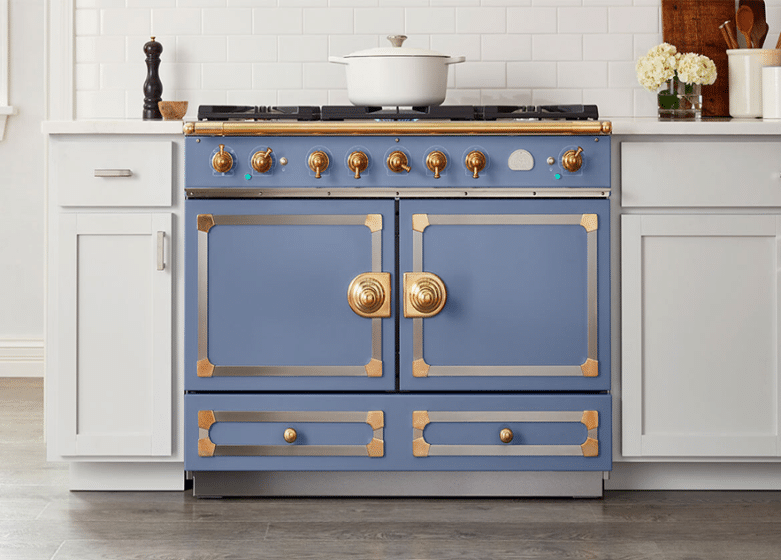
Additionally, once a month, we need to do a soapy water test to check for any gas leaks. In case our stoves are gas-based, we need to run the pipes with a napkin dunked in soap water. In case bubbles appear after cleaning them, then there is a chance of a gas leak, in which case we need to get expert help to replace the piping mechanism immediately.
Conclusion
The above-discussed tools and techniques assist in cleaning the set-up in the short term. But they do not ensure proper working of the inner mechanisms that we can not explore on our own.
Therefore, it is advisable to arrange for professional inspections every once a year. This would help us detect and repair any worn-out parts in time. In doing so, we need to make sure we are replacing the worn-out parts with replacements that align with the specific product manual given to us at the time of purchase.
This way, we ensure that our kitchen stays healthy and hygienic for years.

